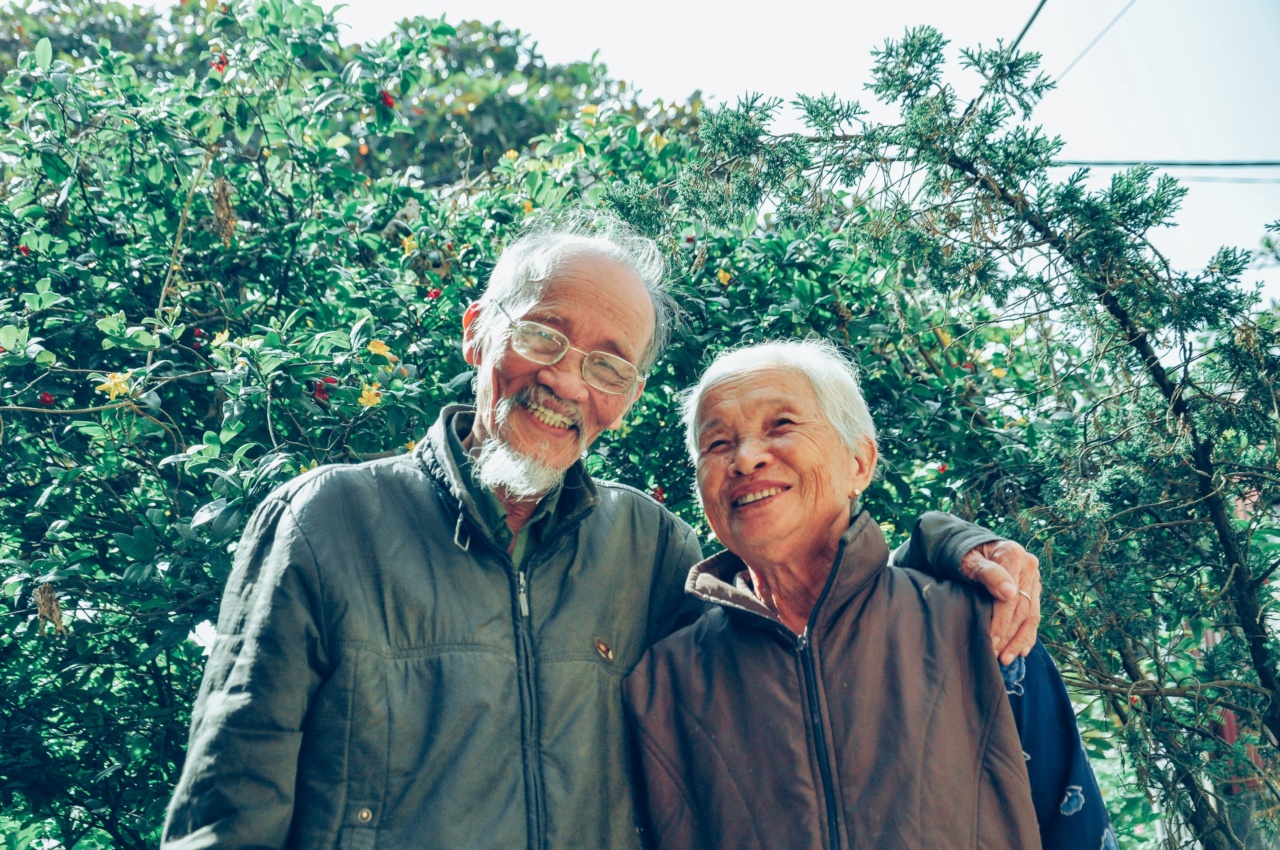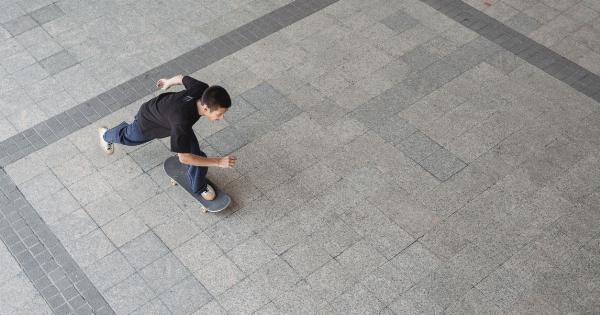Melanoma is a dangerous form of skin cancer that can develop from excessive exposure to ultraviolet (UV) radiation from the sun or tanning beds. It is the fifth most common type of cancer in the United States.
The good news is that it is also preventable, but it can be life-threatening when not detected early.
According to the American Academy of Dermatology, melanoma is found more commonly in older patients, often above the age of 60, and can be more aggressive than it is at an earlier age.
Between 2012 and 2016, the incidence rate among adults 65 and older was 24.2 per 100,000 people compared to 3.0 per 100,000 people for ages 20-49. In this article, we will explore the reasons why seniors are more susceptible to melanoma and what they can do to prevent and detect it.
Why Are Seniors More Susceptible to Melanoma?
There could be multiple reasons why older people have a higher incidence of melanoma than young people.
Natural Aging Process
As people grow older, their skin starts losing its elasticity, making it thinner and more vulnerable to damage. Genetics also play a role in how people age.
Skin that is naturally thin, fair and sensitive to UV radiation is more likely to develop melanoma. Fair-skinned people with blonde or red hair, light-colored eyes, and who burn easily while in the sun are usually more susceptible to skin cancer.
Long-Term Exposure to the Sun
Seniors over 60 or 70 may have had more cumulative sun exposure compared to young people. Many elderly people may have grown up in a time where no one knew the risks of UV radiation.
They spent long hours outdoors, often without the protection of sunscreen or clothing. Long-term exposure to the sun can weaken the skin’s defense mechanism against melanoma.
Immunosuppression
As people age, their immune system weakens, and they become vulnerable to diseases such as cancer. A senior with a weakened immune system can be at an increased risk of developing melanoma.
This is because the immune system plays a vital role in identifying and destroying rapidly growing cancer cells. A weak immune system may not be able to recognize or fight the cancerous cells effectively.
What Can Seniors Do to Prevent Melanoma?
Seniors should follow these guidelines to prevent melanoma:.
Stay in the Shade
The first and most effective way to reduce the risk of skin cancer is to avoid sunburn and extended UV radiation. The sun’s rays are most intense from 10 a.m. to 4 p.m., so it is best to stay in the shade during these times.
If you must go outside, wear protective clothing such as long-sleeved shirts, hats, and sunglasses. Use a broad-spectrum sunscreen with an SPF of 30 or higher to protect the skin, and reapply it every two hours.
Avoid Tanning Beds
Tanning beds emit UV radiation that can damage the skin and increase the risk of skin cancer. Seniors, especially those with fair skin, should avoid tanning beds completely. A tan may look nice initially, but it means that the skin has been damaged.
Do Regular Skin Exams
Do a self-examination of your skin every month to check for new growths, mole changes, or other suspicious marks. If you notice anything out of the ordinary, seek medical attention.
It is important to have a dermatologist check your skin regularly, especially if you have a history of skin cancer or if you are over 60 years of age.
Eat a Balanced Diet
Eating a healthy diet can help build up resistance to skin cancer. Foods that are high in antioxidants, such as fruits and vegetables, are perfect for protecting the skin from sun damage.
Vitamin D which the body produces when exposed to sunlight, is also important as it helps the immune system fight against cancer cells.
Conclusion
The incidence of melanoma among seniors is alarming, but it does not have to be. Prevention and early diagnosis are a senior’s best weapon against skin cancer. Seniors should follow the tips mentioned above to reduce their risk and stay healthy.





























